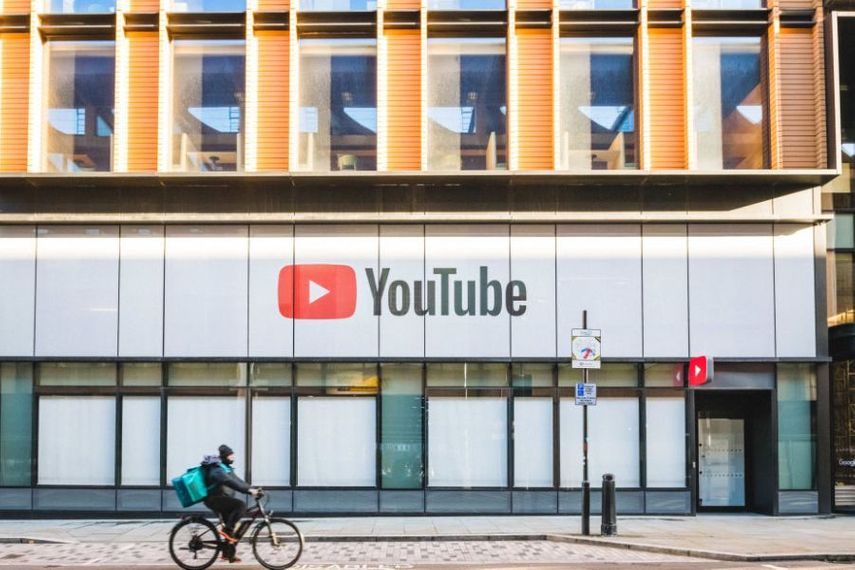Checks conducted by independent measurement providers IAS and DoubleVerify have contradicted recent allegations that Google misled advertisers by not meeting promised standards when placing video ads on third-party websites.
The original research conducted Adalytics claimed that 80% of ads served by YouTube across the web have breached its own terms of service, and it accused Google of placing ads on non-verified platforms, potentially costing media buyers billions in ad spend. The Adalytics report deep dives into ad campaigns from over 1,100 major brands, such as J&J, Sephora, Disney+, American Express, representing billions of ad impressions between 2020 and 2023.
However, IAS and DoubleVerify (DV) have independently found that the majority of impressions and placements run on YouTube's own inventory rather than Google Video Partner (GVP) inventory.
According to IAS data, 96.6% of impressions ran on YouTube-owned and operated channel (O&O) inventory, with only 3.4% running on GVP inventory. Similarly, DoubleVerify found that GVP inventory comprised a relatively small proportion of total YouTube inventory, approximately 3.1%.
DV’s data shows that GVP inventory accounted for a small percentage of total YouTube inventory during a six-month period, and viewability rates were consistent across both inventory types.
DV’s data shows that GVP inventory accounted for a small percentage of total YouTube inventory during a six-month period, and viewability rates were consistent across both inventory types.
Google issued a statement refuting Adalytics' claims and said the report used “unreliable sampling and proxy methodologies.” The allegations against the Google Video Partners (GVP) network were deemed “extremely inaccurate.”
Marvin Renaud, the director of global video solutions at Google, wrote a second blog post, saying "a faulty methodology will lead to faulty conclusions" and that "just because an ad is served, doesn’t mean we charged the advertiser."
He cites DV's and IAS' independent reports and adds: “The report ignores or is unaware of this distinction and incorrectly assumes that a served impression is automatically billed,” wrote Renaud.
“We actively monitor the Google Video Partners network, using a combination of automated filters and human reviews, and if our systems detect invalid traffic, we don’t bill an advertiser. Even when invalid traffic is detected after the fact, Google marks this traffic as invalid and we issue credits to the affected buyers when appropriate and possible.”
Renaud added not all ads on GVP inventory are skippable instream ads. He said different video ad formats, including outstream ads, are also present on GVP and that advertisers are aware of these distinctions when setting up their campaigns.
Moving forward, Renuad said Google will be expanding its partnerships with third-party measurement providers like DoubleVerify, IAS, and Moat for viewability and invalid traffic. Google plans to expand its partnership with IAS to provide brand safety and suitability measurement on GVP inventory in the near future.
"Advertisers have various methods to evaluate the effectiveness of their video ad campaigns on YouTube and GVP, including Google's own measurement tools and partnerships with verified third-party firms,” said Renuad.
“Google's viewability measurement tools and invalid traffic defenses are audited and accredited by the Media Rating Council (MRC), ensuring trusted metrics aligned with industry standards.”



